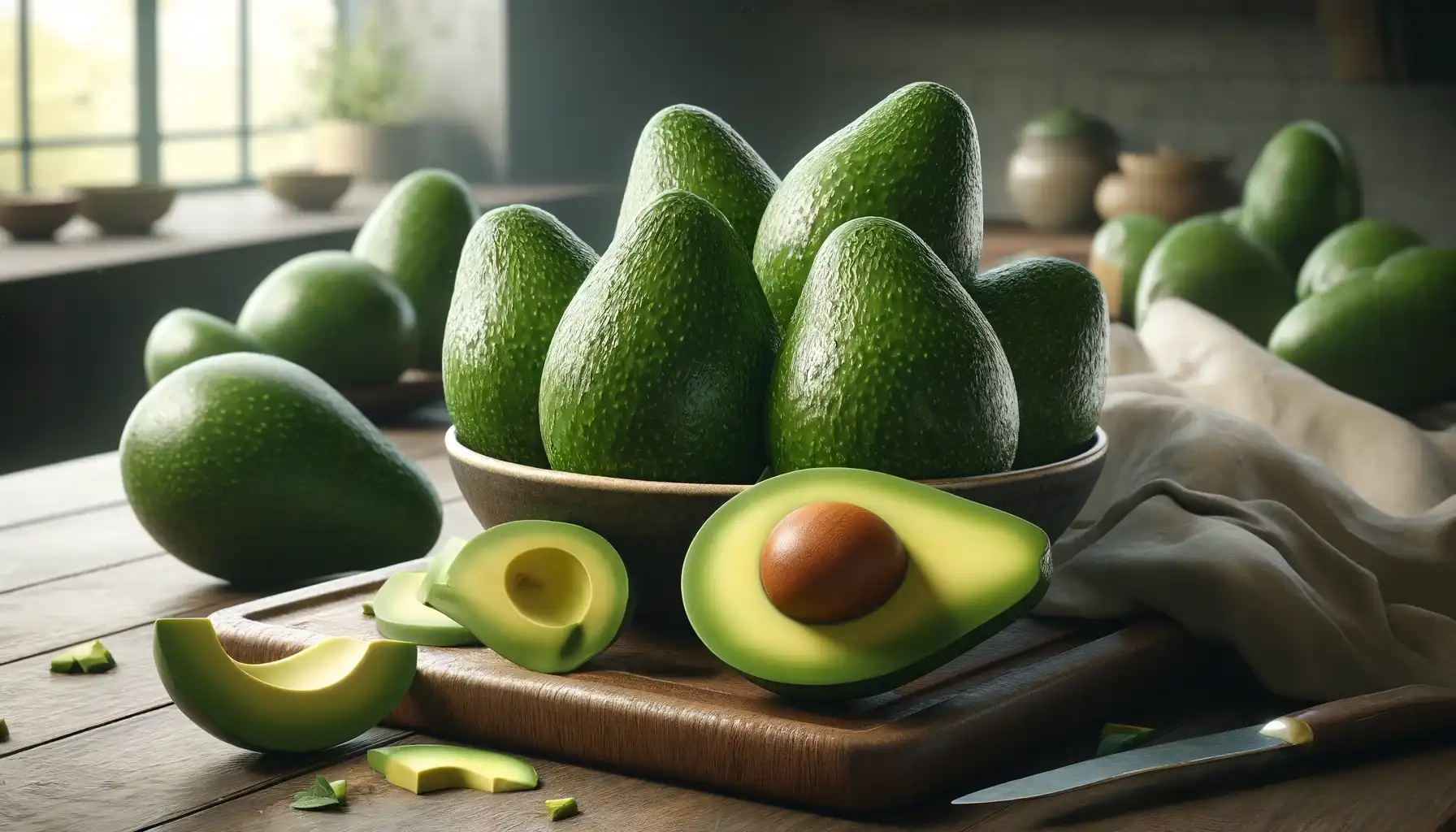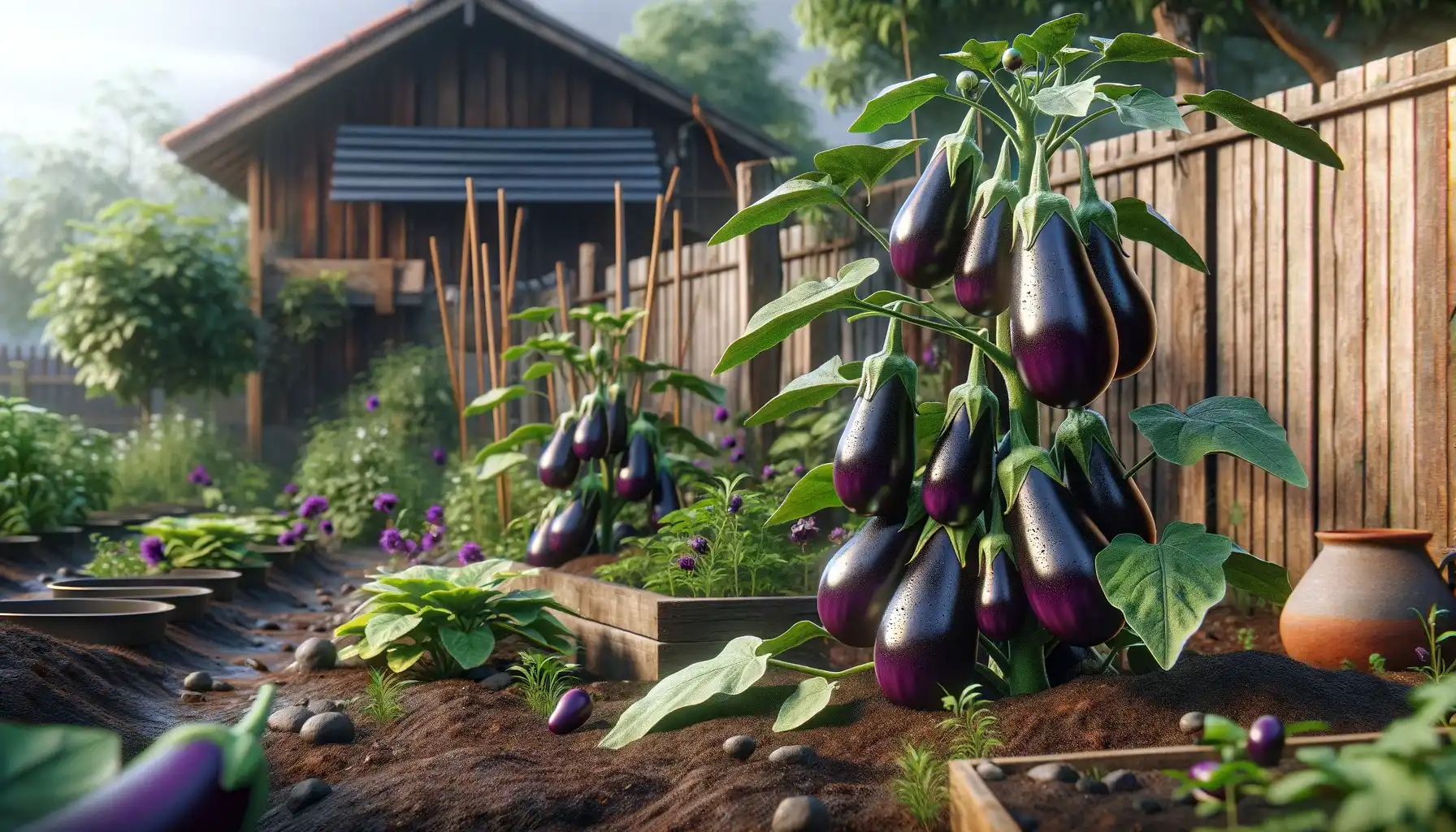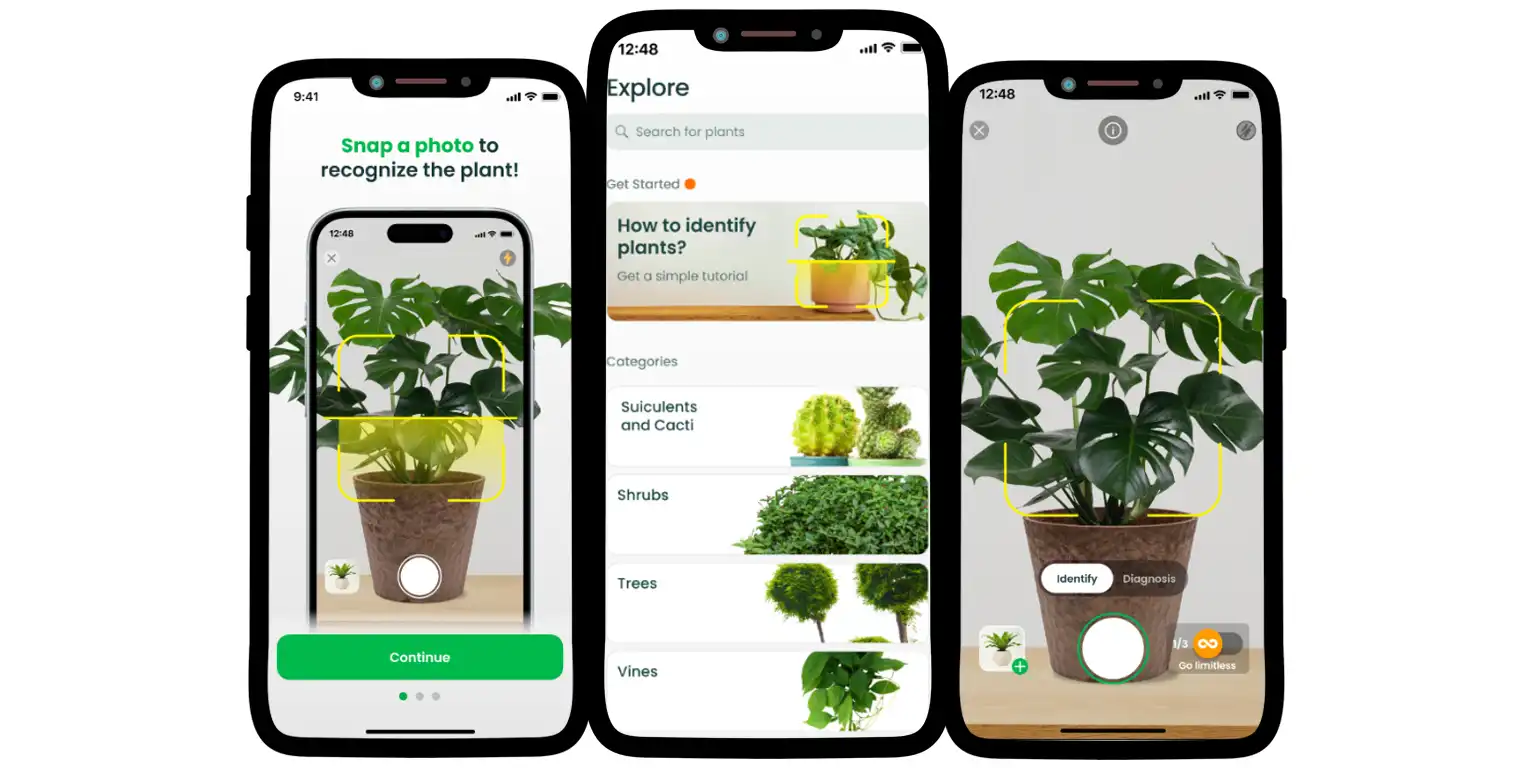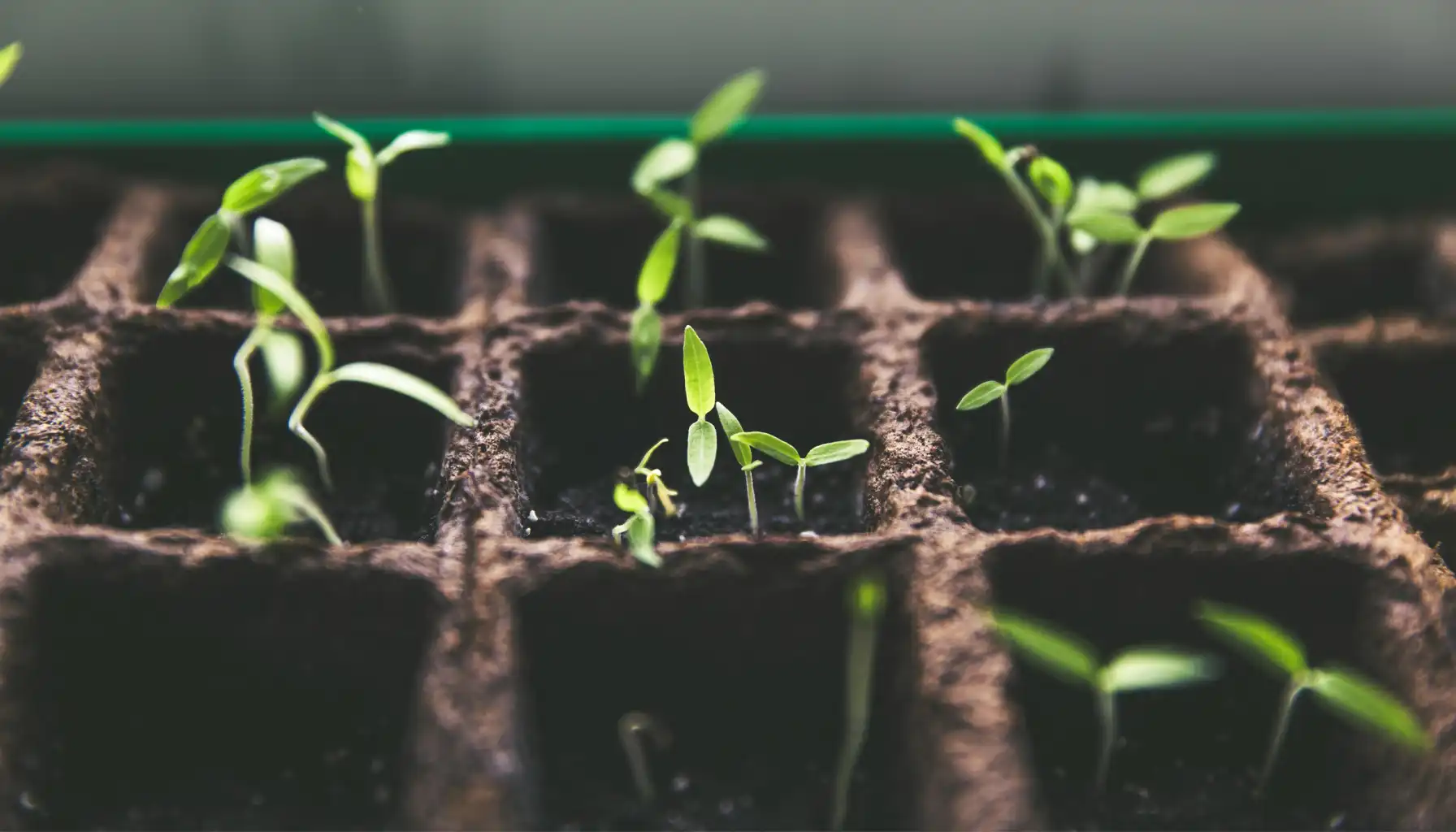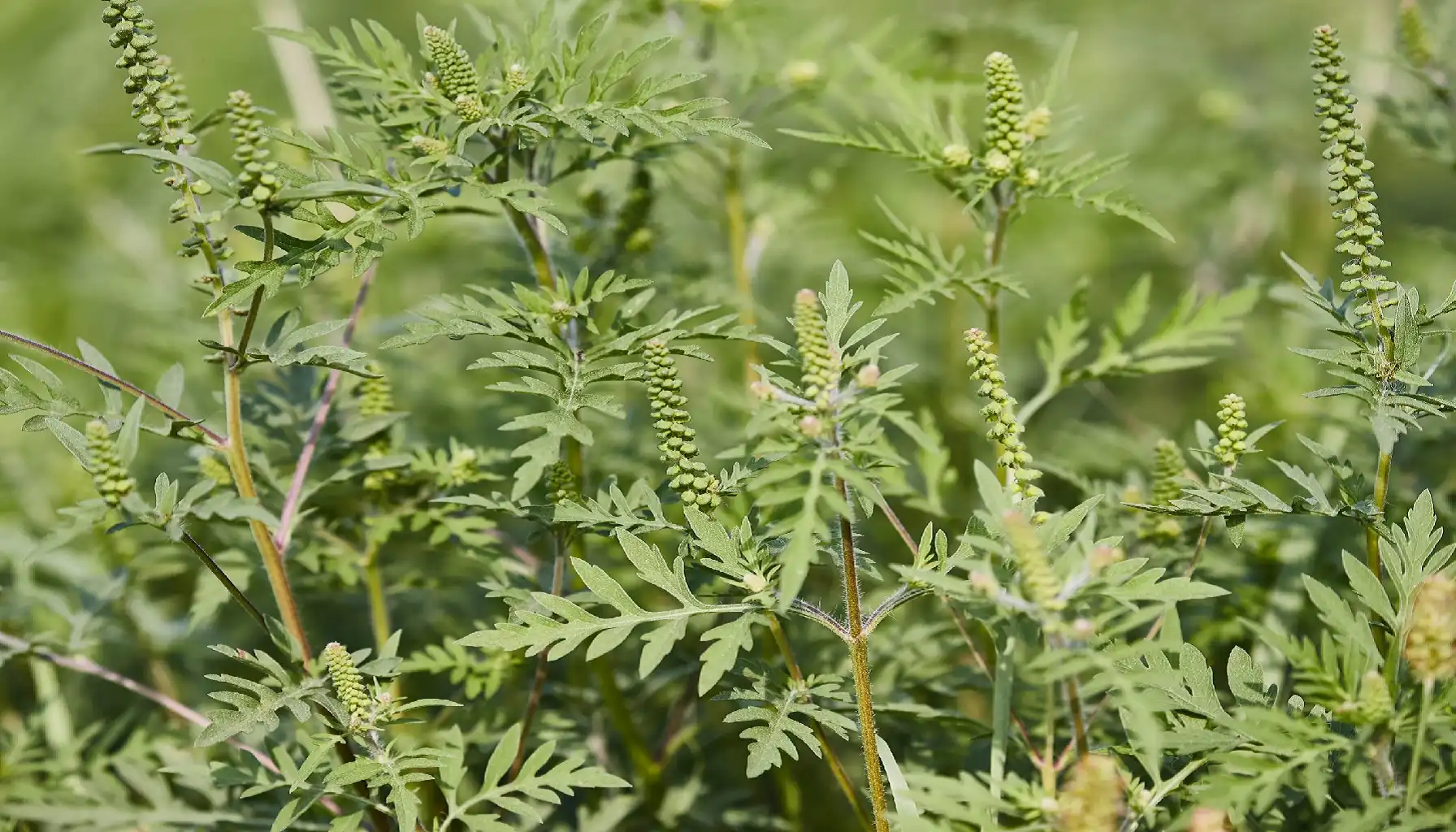IIn the realm of gardening, there are dozens of various false conceptions and beliefs that may mislead and misguide, leaving people ignorant of the real floral processes and mechanisms. One common question that arises is whether there are vegetables that grow on trees, and if so, what types of vegetables can be found in this unusual environment. So, where is the truth?
Do any vegetables grow on trees? In this concise guide from the plant identifier app, we are going to explore what vegetables really are, distinguish them from fruits, and discover the plants that grow on trees and may be seen as vegetables at the same time.
First Come the Basics: Biological Aspect of This Matter
Most people might be now surprised to find out that, from a botanical perspective, vegetables do not actually exist. Vegetables comprise an extensive group of edible parts of plants, mostly savory ones, that are consumed by humans, so technically, it is a culinary category that includes roots (e.g., carrots), tubers (e.g., potatoes), stalks (e.g., celery), leaves (e.g., spinach), flowers (e.g., broccoli), and seeds (e.g., legumes).
Fruits, in turn, is a botanical term used to define a mature ovary of a flower that typically contains seeds. In other words, fruits develop from the fertilized ovaries as the result of the reproductive process so as to protect seeds from external factors and reproduce again. These include apples, oranges, cucumbers, and tomatoes as well. Nevertheless, most people still refer to tomatoes and cucumbers as vegetables in everyday language, which is also a valid perspective.
For us to remember, vegetables are just parts of the plant that can be consumed by a human, and this term emerged as a culinary distinction rather than a botanic one, which allows people to differentiate between savory plants and sweeter ones. When exploring the question of what vegetables grow on a tree, one should consider a commonly accepted meaning of vegetables, i.e., their culinary attribution, but keep in mind their true nature.
Also read: What to Plant with Tomatoes? Best Companion Plants.
The Tree-Borne Plants That Can Be Considered Vegetables
While most vegetables (i.e., savory plant parts) grow on herbaceous plants or shrubs, certain parts of trees or their fruits may be considered vegetables according to culinary conventions and common sense. So, let us briefly touch upon the most widespread “vegetables” that grow on trees and see their true nature, too.
Pineapple Guava Leaves: Pineapple Guava, a plant native to South America, produces leaves that can be used in cooking. Though not considered a common vegetable, the leaves can often be brewed into teas and sprinkled over salads as well.
Drumsticks: Another unusual vegetable that refers to seed pods is the drumsticks of the Moringa Tree. The long slender pods can be differently added to the national cuisines of South Asia and Africa. Being rich in vitamins C and A, calcium, and iron, these plants add a unique element to the dishes and remain a healthy yet tasty product grown on trees.
Avocado: Most people love to have their toast with avocadoes. Avocado is one of those poor things that are frequently referred to as vegetables, used in savory dishes and desserts. With its creamy flesh, rich in essential nutrients and healthy fats, coupled with its vibrant and visually appealing appearance, avocado has become a trend in the food culture.
Eggplant: It is no surprise that most people still believe that eggplants are vegetables due to the way they grow and taste. Nevertheless, they are botanically considered fruits, rich in fiber, vitamin B, and potassium, too. Methods of cooking are versatile, for they can be grilled, roasted, fried, and whatever else one comes up with.
Also read: Tips Explained: Is Paprika Good for Gardening?
How to Learn More About Plants?
The more you learn, the less you know, but horizons are getting broader either way. Understanding the flora and the natural mechanisms it hides can be an amusing experience, especially for those who are obsessed with plants and gardening in particular. Special guides, botany books, and Green Fingers magazines are useful tools that help one get through the great volumes of information. Yet, the industry developed a new means of plant exploration, i.e., plant apps.
Gardening digital platforms like AI Plant Finder usually offer various features that facilitate plant discoveries and daily routines in the garden as well. For those who need instant feedback, AI Plant Finder provides quick plant identification and disease diagnosis that require a single photograph or more. Take a picture of a plant you want to know about right in the app and receive the most relevant information possible in turn.
Both beginner gardeners and professional plant enthusiasts may benefit from the app’s gardening tools, i.e., keeping track of the plants, setting up plant care notifications for each species, calculating water and light volumes to provide, and much more that can make this experience a bit easier and more pleasant.
Besides, the extensive database of more than 300,000 plant species enables unlimited exploration through the “Explore” section, where users may learn more about the floral creations accurately organized into several categories. No more secrets about nature with AI Plant Finder by your side.
Also read: Potato Sprout Time: Growing Potatoes in Your Yard.
A vegetable is indeed a widely accepted term, though it might not be botanically correct. As such, most people do not realize what “vegetables” may grow on trees and why these are just plant parts or fruits at all. So, do not hesitate to inquire about more information, explore flora, or be a bit pushy, no matter who you are and why you want to ask.
AI Plant Finder Related Posts:

